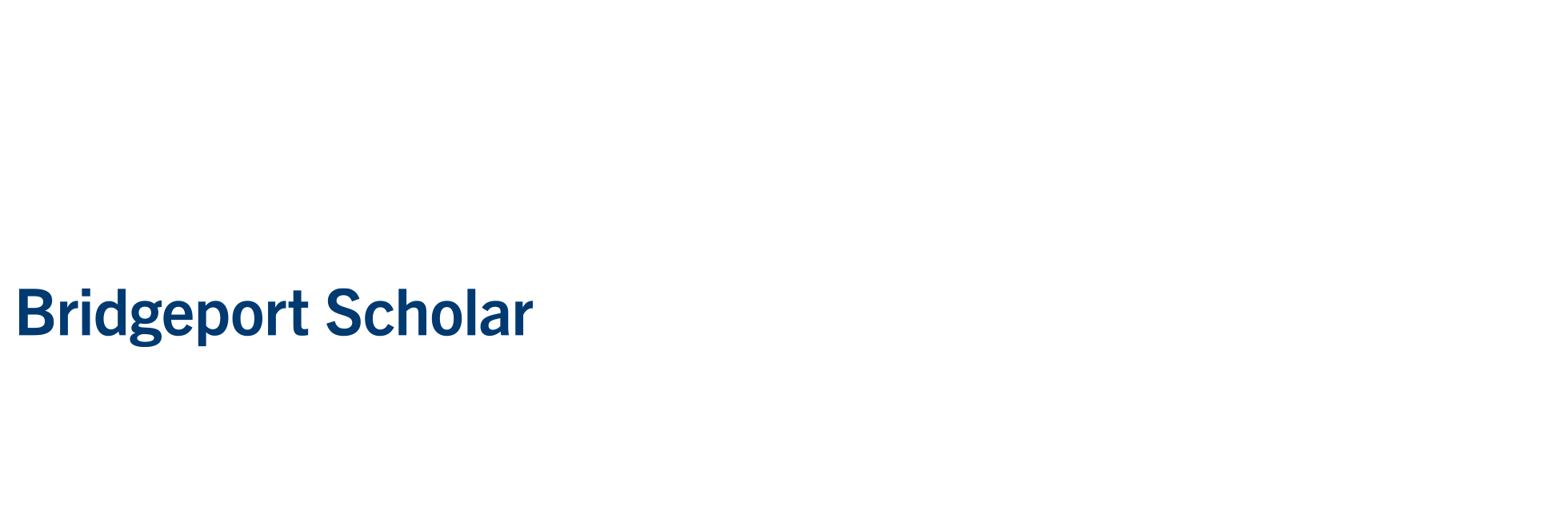MR arthrography of the shoulder: optimizing pulse sequence protocols for the evaluation of cartilage and labrum
Document Type
Article
Publication Title
European journal of radiology
Abstract
OBJECTIVES: To compare axial T1weighted fat-saturated (T1w fs) and T1w non-fs sequences, and coronal T1w-fs and T2w-fs sequences, for evaluation of cartilage and labrum using CT arthrography (CTA) as the reference. METHODS: Patients had MR arthrography (MRA) and CTA of the shoulder on the same day. Cartilage was assessed for superficial and full thickness focal and diffuse damage. Labral lesions were graded for Bankart variants and SLAP lesions. CTA images were read for the same features. The diagnostic performance of MRA including area under the curve (AUC) was evaluated against CTA. RESULTS: When comparing axial sequences, the diagnostic performance for cartilage lesion detection on T1w non-fs was 61.9% (sensitivity) 93.6% (specificity) and 89.5% (accuracy) with AUC 0.782, while that for T1w fs was 61.9%, 94.0%, 89.8% and 0.783. For labral assessment, it was 89.1%, 93.0%, 91.4% and 0.919 for T1w non-fs, and 89.9%, 94.0%, 92.6% and 0.922 for T1w fs. Comparing coronal sequences, diagnostic performance for cartilage was 42.5%, 97.5%, 89.8% and 0.702 for T1w fs, and 38.4%, 98.7%, 90.2%, and 0.686 for T2w fs. For the labrum it was 85.1%, 87.5%, 86.2%, and 0.868 for T1w fs, and 75.7%, 97.5%, 80.8% and 0.816 for T2w fs. CONCLUSIONS: Axial T1w fs and T1w non-fs sequences are comparable in their ability to diagnose cartilage and labral lesions. Coronal T1w fs sequence offers slightly higher sensitivity but slightly lower specificity than T2w fs sequence for diagnosis of cartilage and labral lesions.
First Page
1421
Last Page
8
DOI
10.1016/j.ejrad.2014.04.030
Publication Date
8-1-2014
Recommended Citation
Guermazi, Ali; Jomaah, Nabil; Hayashi, Daichi; Jarraya, Mohamed; Silva, Jose Roberto; Niu, Jingbo; Almusa, Emad; and Landreau, Philippe, "MR arthrography of the shoulder: optimizing pulse sequence protocols for the evaluation of cartilage and labrum" (2014). Radiology. 65.
https://scholar.bridgeporthospital.org/radiology/65
Identifier
24856241 (pubmed); 10.1016/j.ejrad.2014.04.030 (doi); S0720-048X(14)00232-0 (pii)

